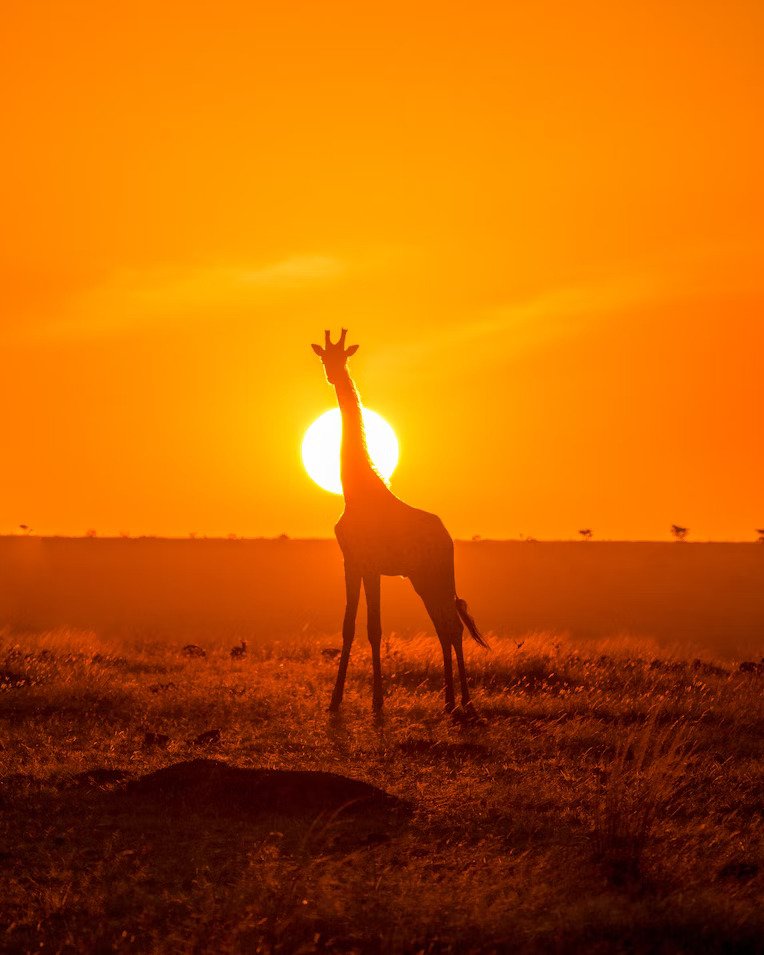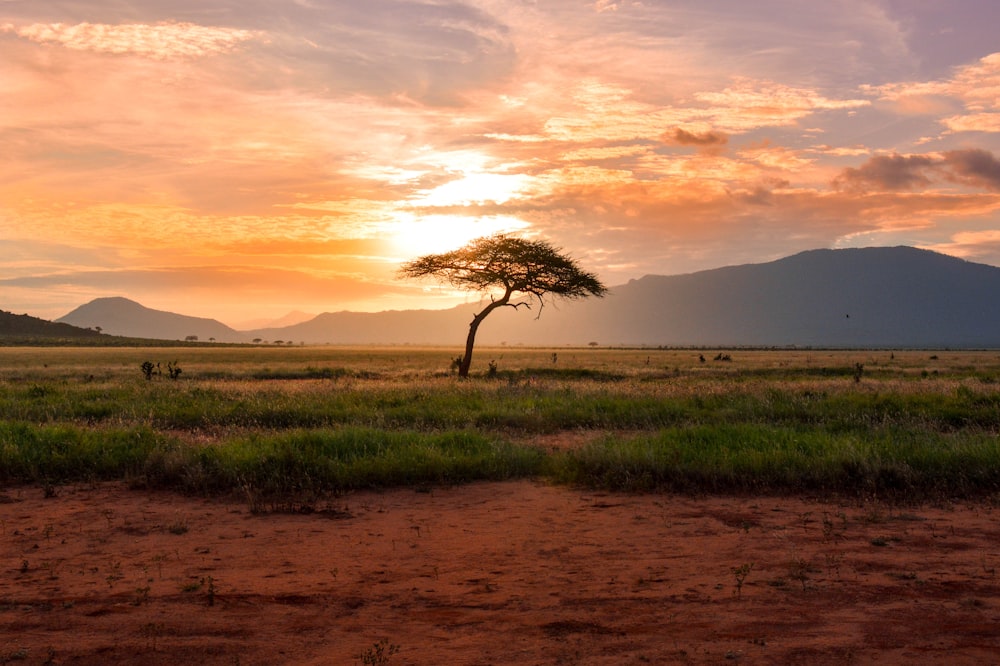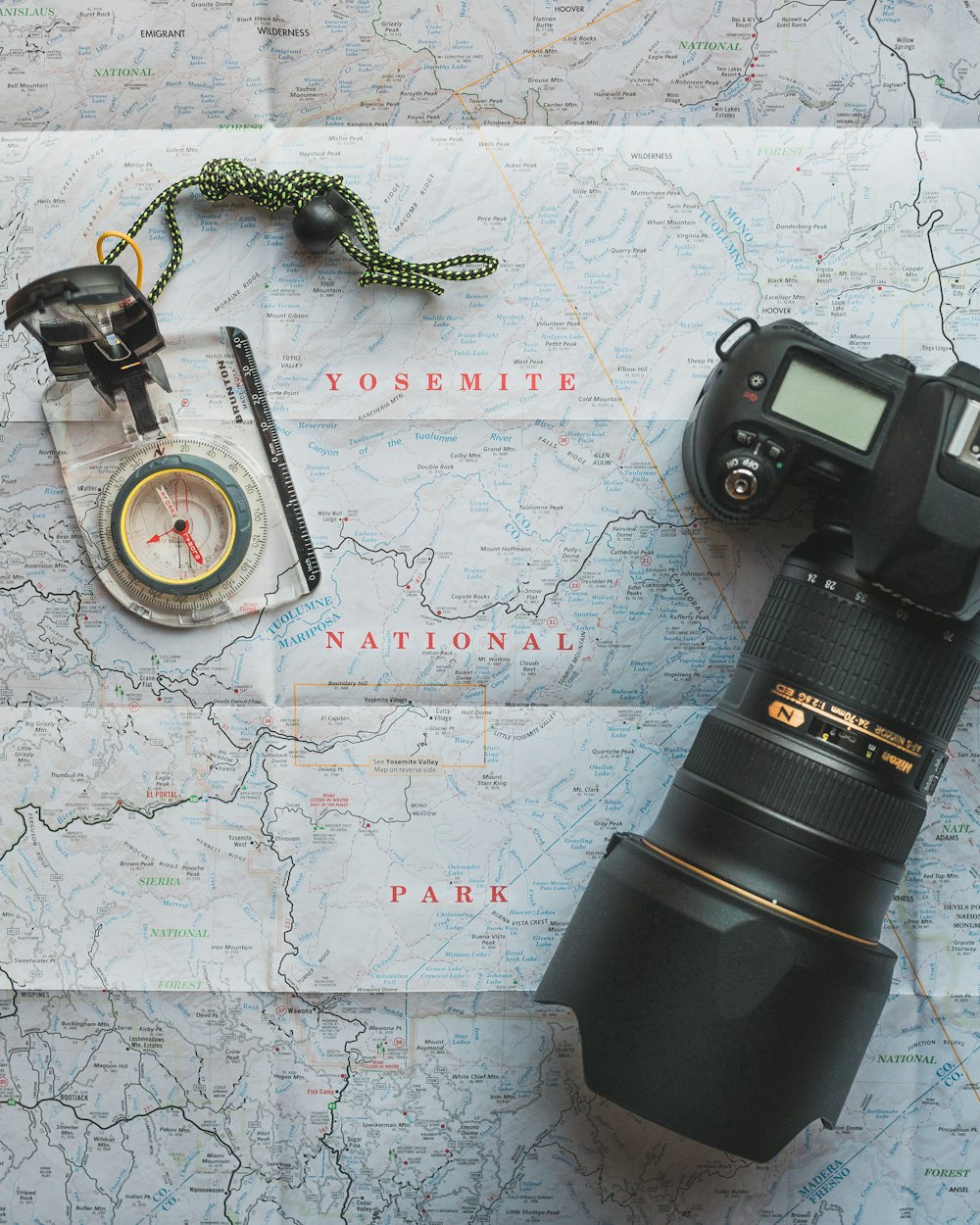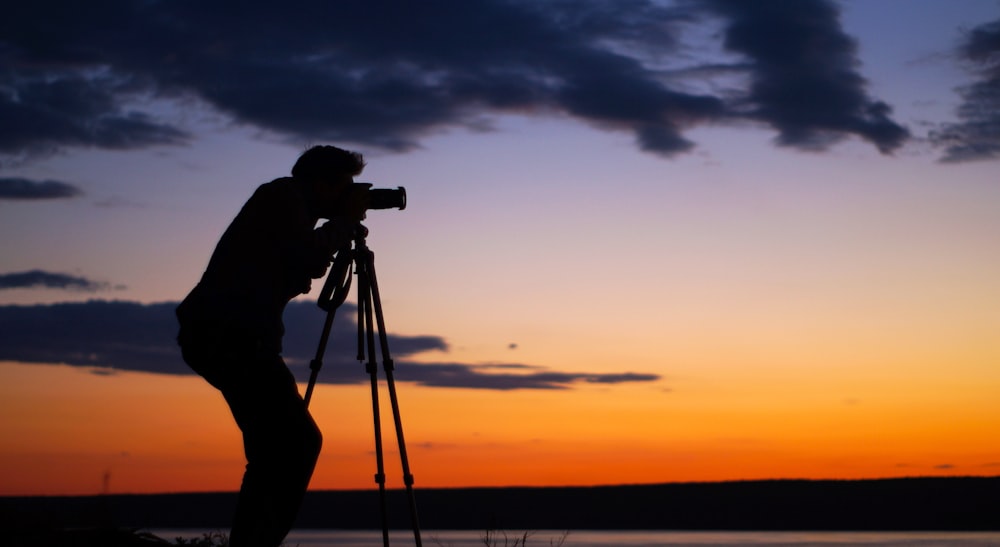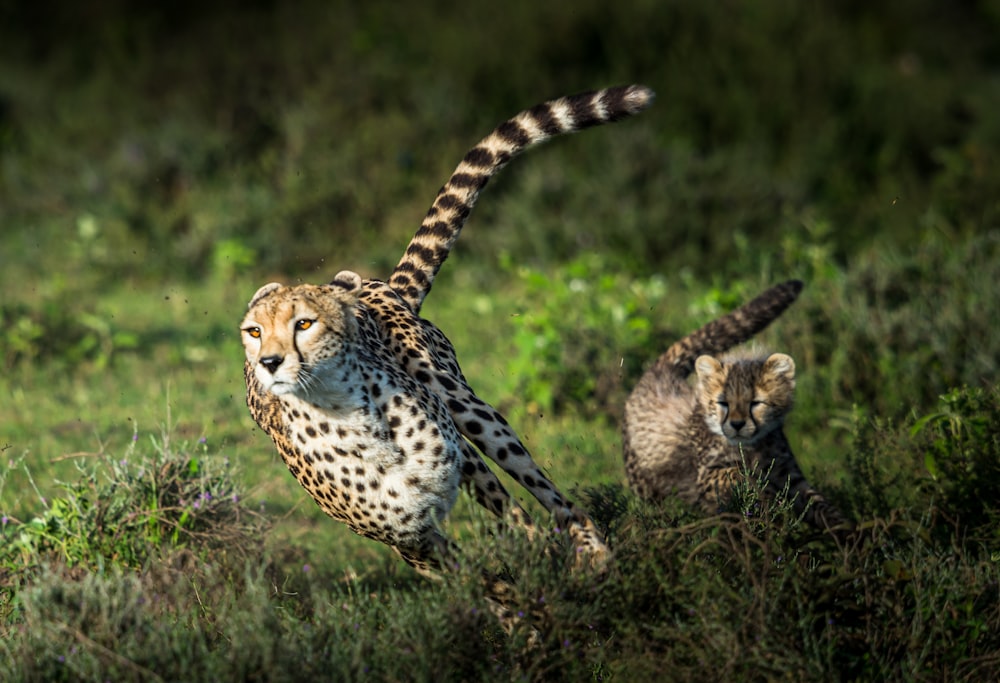One of my favorite wildlife photography quotes is – “Adopt the pace of nature: her secret is patience.”
It pretty much sums up what wildlife photography, specifically, and nature photography in general, is all about. As someone who wants to pursue wildlife photography as a career, you must incorporate that basic trait that separates a good wildlife photographer from someone just dabbling in this genre.
If you’re in for the long haul, patience is a virtue you must have the most. Of course, you also need good photography gear to capture stunning shots, but nothing will work for you without patience.
What we’re going to learn
- Starting out, where to find wildlife in your immediate environment.
- How to choose the right gear for wildlife photography.
- Why don’t you need expensive gear straightaway?
- Can you shoot wildlife photography with smartphones?
- The proper techniques to shoot wildlife photography.
- How do you make money as a wildlife photographer?
- How to keep yourself inspired.
Starting out, where to find wildlife in your immediate environment
Chances are, if you’re like me, pursuing a regular “urban career,” you’re living in a concrete jungle. Therein lies the first challenge as a wildlife photographer, sighting wild animals in an urban environment. I am not suggesting that it’s improbable because there are plenty of places around the world where, if you’re lucky, you can spot a wild animal in an environment. But these sightings are very few and far between, even at places close to a protected reserve or national park.
Plus, you don’t know when and where they will appear, so the chances that your plan to shoot a wildlife photo may not materialize for days on end.
So, what’s the solution? The solution is to leave your concrete jungle and head to the real jungle if possible. Which brings us to the next problem – where do I find a suitable place close to the city to shoot?
Now, if you’re a bird photographer, you can get good shots even within the city limits if you know where to find your subjects. For example, parks and walks in your city are great places to find birds in their natural habitat. Take a binocular with you. that will help you spot a bird more quickly than a camera.
But for the best chances, head out of the city limits and go to places with woods and or water bodies. Many bird species are endemic to a place and can be discovered just out of the city areas. Look for water birds depending on your living location and the season. Many water birds live around the same site all through the year.
How to choose the right gear for wildlife photography
There is a myth surrounding wildlife photography that you can’t shoot meaningful images if you don’t have the right equipment. I wouldn’t negate this view completely because better equipment does have its advantages. Especially when shooting in low light, your targets are fast-moving birds or animals.
You need a fast lens, something near f/4 or faster that can collect a lot of light and also help you use a fast shutter speed to freeze the movement. For example, if you’re photographing cheetahs on a chase, you better have a lens with image stabilization that allows panning, is equipped with a fast aperture, and a camera that can shoot many frames.
Ideally, you need at least a 400mm f/2.8 or even a 400mm f/4 lens and a camera such as the Z9. This would be a fantastic combination to shoot great wildlife photography. If you’re on a budget, you can use something like the D500 with a 300mm f/4 or the f2.8. The smaller crop sensor will make the lens’s effective focal length become a 450mm super-telephoto lens. You don’t even need a teleconverter anymore.
But if that same cheetah is simply stationary at one point and seems to be chilling under a shade, then even an f/5.6 lens will give you a great well-exposed shot. So, you can shoot with a budget lens like the Nikkor 200-500mm f/5.6 VR and make great images.
The problem with fixed focal length (prime) lenses is that you can’t change the composition on demand. Say you want to capture a slightly wider vista; you’ve to move and then recompose physically. Often times it’s not that easy to do. Especially when photographing big games like elephants, tigers, and lions.
Say you’re on a safari jeep and ask the driver to move to a different location. By the time you reposition yourself, the animal could have moved away! Many times, it’s simply not feasible to relocate to a better position.
A camera with a fast-autofocusing speed and the ability to capture many frames is also a must-have. Faster autofocusing, primarily eye focusing, ensures you can have precise focus lock very quickly.
An increased number of continuous frames ensure you can capture enough shots. Only one or two images have all the elements perfectly positioned to be considered a keeper. So, a camera with a faster continuous frame rate allows you that many extra frames.
Full-frame options are obviously more expensive, and if you’re just starting, you can opt for cameras like the Nikon D500 and the Canon EOS 90D are some options you can look into.
In the mirrorless crop sensor segment, you can look at the Canon EOS R7, the Fujifilm X-T5, and the Olympus OM-D E-M10. If you’re confused, check out this camera quiz to determine which camera you should buy.
Why don’t you need expensive gear straightaway?
I have already mentioned above that there are advantages to using expensive (better quality) equipment. Better equipment gives you a lot more room to work as a professional photographer. But if you’re just starting, you may not be able to afford those exotic lenses and cameras. Does that mean you can’t shoot great images? Of course not!
If you’re shooting with a slower lens, you can still shoot great images. All you’ve to do is push the tolerances of your equipment and, in some cases, work around their limitations. For example, if you’re shooting with a slower lens, you can try and shoot in brighter conditions. Wait for the animal to come out in the open so you don’t have to use a higher ISO or slower shutter speed.
Also, you can push the ISO number to leverage that to use a faster shutter speed. Most modern cameras can shoot great images at ISO 800 and ISO 1600. That gives you three to four stops of flexibility depending on the lighting conditions. And if you’re still worried about digital noise spoiling your compositions, you can use software like Topaz DeNoise AI.
Check this out to find out the best beginner cameras for nature and wildlife photography.
Can you shoot wildlife photography with smartphones?
In a word, “difficult.” There is no easy way to zoom optically. These days specially designed telephoto lenses have been made that allow users to zoom in close and make tight compositions with their smartphones.
Theoretically, these lenses do what most telephoto lenses with optical zoom do. However, there are some serious limitations to using these lenses.
The first limitation being these lenses are not connected to your camera. There are no electronic or mechanical connections like traditional DSLRs and mirrorless lenses. This means they don’t allow you to autofocus as traditional lenses do. The only way to focus on these lenses is to use the manual focusing ring on them.
Because these lenses don’t have image stabilization and some offer an optical zoom in excess of 30x, getting a sharp image can be very difficult. This is why most of these lenses are available with a tripod pack. But the problem with tripods is that they severely limit your flexibility.
The proper techniques to shoot wildlife photography
I love those images where the animal or bird looks straight at the camera. I like it where the eyes of the subject are clearly visible because the viewer can immediately connect with the photo’s subject. It’s a surreal thing that’s indescribable.
But that’s not to say that I don’t like it when the subject of the photo is looking off the frame. There are amazing examples of both kinds of composition. So, feel free to experiment with both of these styles. There is plenty to explore and experiment with.
One technique that you will require to master is the panning technique. Panning entails moving the camera along with a subject that is moving across the frame horizontally. For example, a cheetah on a hot pursuit of a gazelle or an osprey flying off with a fat catch secured in its talons.
In order to successfully use this technique, you will require a lens that offers a special kind of image stabilization mode in which the lens only stabilizes for movements that are perpendicular to the panning movement. The panning movement itself isn’t stabilized.
How do you make money as a wildlife photographer?
Let me be brutally honest with you. If you’re planning a career in wildlife photography, this is one genre that’s going to test your mettle as a photographer and as a human being to its limits. Wildlife photography may appear to be a very glamorous pursuit, but in reality, there are far more struggling wildlife photographers out there than there are wedding photographers.
If you want to start a career in photography, I would recommend you start with wedding photography instead and then slowly invest your spare time into wildlife photography pursuits. You’re not going to get many takers straightaway as a beginner wildlife photographer.
You’ve to fund your gear, either invest your money in buying or renting gear to pursue your passion. You’ve to slowly and surely build your portfolio as a wildlife photographer. Submit your work to major publications and enter into photography competitions where you can establish your credentials as a wildlife photographer.
Once you win a few competitions and get a few of your images printed in major publications that you can brag about, you can then do exhibitions. There are a few ways to make money as a wildlife photographer.
Conducting wildlife photography workshops is one of the most common ways in which many wildlife photographers start their commercial journey. If you’re really good at what you do, you can get lucrative sponsorships by leading photography brands to endorse their equipment. That will take care of your need for high-quality photography equipment. The downside is that you cannot use or be seen using equipment of competing brands.
Of course, you can always sell prints on your website. If you’re not that savvy with the technical aspects of running a photography website, handling shipping, etc., you can always outsource this to a commercial platform. Etsy, Envira, and Squarespace are some of the popular options.
Staying inspired
The best way to stay inspired as a wildlife photographer is to follow the work of people you admire. I don’t know why, but I love that dialogue from the movie Mr.Bean where the film’s chief protagonist explains what his job is – “My job is to sit and look at paintings.” I wish more photographers would do that. Just sit and look at pictures.
Before you set about doing what you love to do, i.e., take pictures of animals and birds, it’s imperative that you train your eyes. The more pictures you look at, the better your understanding of what works and what doesn’t will improve. Your sense of composition and lighting, and post-processing will improve. So will your knowledge of how to use a particular focal length.
Instagram is a great place to look at great works by other experienced photographers. I would recommend you to follow the works of photographers like Will Burrard-Lucas, Sudhir Sivram, Lee Fisher, Shaaz Jung, Joel Sartore, and David Yarrow, to name a few of my favorites.
When you compare your images with those taken by photographers you look up to; you can realize where you went wrong and how to improve in the next attempt. Always remember that the comparison that you’re doing is for the purpose of identifying areas where you can improve and not merely compare your work with them.


